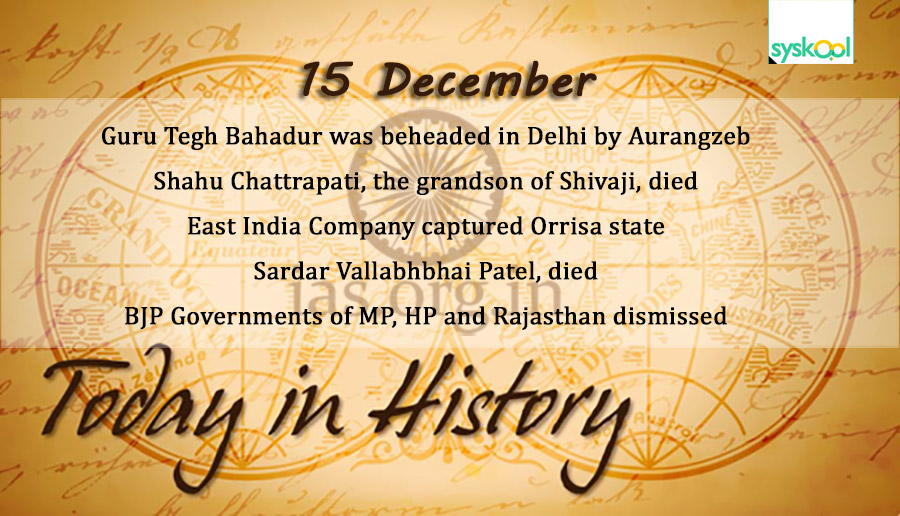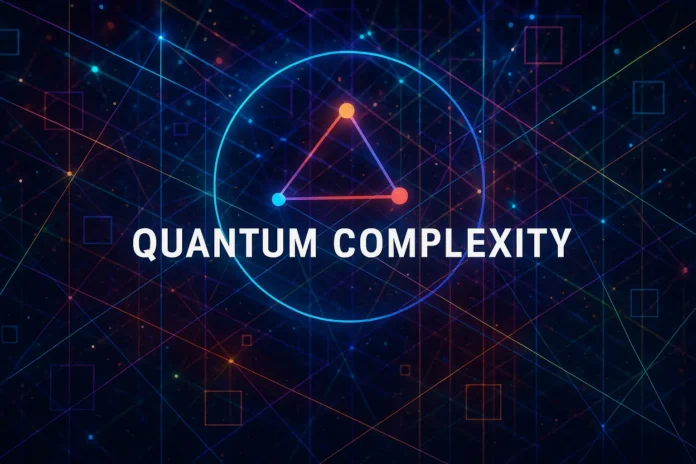Table of Contents
- Introduction
- Classical Computation and Query Models
- Oracle Access in Classical and Quantum Settings
- What is Query Complexity?
- Classical Query Complexity: Deterministic and Randomized
- Quantum Query Model: The Power of Superposition
- Black-Box Model and Oracle Definitions
- Deutsch-Jozsa Algorithm and its Complexity
- Simon’s Problem: Exponential Separation
- Grover’s Algorithm: Quadratic Speedup
- Lower Bound Techniques: Why They Matter
- The Polynomial Method Explained
- Adversary Method: A Versatile Lower Bound Tool
- Hybrid Methods and Hybrid Arguments
- Total vs Partial Functions in Query Complexity
- Symmetric Boolean Functions: OR, AND, MAJORITY
- Block Sensitivity and Certificate Complexity
- Relation to Decision Tree Complexity
- Quantum Certificate Complexity
- Classical vs Quantum Query Trade-offs
- Limitations of the Quantum Query Model
- Applications in Quantum Machine Learning
- Quantum Query Complexity in Cryptanalysis
- Future Directions and Open Questions
- Conclusion
1. Introduction
Quantum computing promises to revolutionize the landscape of computation, enabling the solution of problems deemed intractable for classical computers. One of the primary tools for analyzing the advantage offered by quantum algorithms is query complexity—a theoretical framework for counting the number of queries made to a black-box oracle to compute a function.
Query complexity plays a critical role in both the analysis of known quantum algorithms and the quest to discover new ones. It strips computation down to its most essential interaction with data, focusing on how many queries (or data accesses) are required to solve a problem.
2. Classical Computation and Query Models
In classical computation, an input is often represented as a bitstring ( x = x_1x_2\ldots x_n ). An algorithm gains knowledge about the input by querying its individual bits.
- Deterministic Model: An algorithm proceeds with a fixed sequence of queries.
- Randomized Model: Algorithms make decisions based on internal randomness.
For a Boolean function ( f : \{0,1\}^n
ightarrow \{0,1\} ), the deterministic query complexity ( D(f) ) is the number of queries a deterministic algorithm needs in the worst case to compute ( f ).
3. Oracle Access in Classical and Quantum Settings
In the oracle (or black-box) model, the input is not given explicitly. Instead, the algorithm must make queries to access bits of the input. This model is ideal for measuring the inherent difficulty of a problem, independent of specific machine implementations.
In the quantum case, oracles are unitary operators. A typical oracle ( O_x ) operates as:
\[
O_x |i, b
angle = |i, b \oplus x_i
angle
\]
Here, the query is made in superposition, enabling quantum algorithms to gather global properties of the input with fewer queries.
4. What is Query Complexity?
Query complexity is the minimal number of queries an algorithm must make to compute a function.
- Deterministic Query Complexity (D(f))
- Randomized Query Complexity (R(f))
- Quantum Query Complexity (Q(f))
The general relationship holds:
\[
Q(f) \leq R(f) \leq D(f)
\]
5. Classical Query Complexity: Deterministic and Randomized
To highlight the difference, consider the OR function on ( n ) bits:
- Deterministic: Requires ( n ) queries in the worst case.
- Randomized: Requires (\Theta(n)) queries with bounded error.
There is no shortcut—each bit may potentially be the one that determines the outcome.
6. Quantum Query Model: The Power of Superposition
Quantum algorithms can query a superposition of indices, effectively learning about many input bits simultaneously. This gives rise to algorithms with fewer query requirements than their classical counterparts.
Example oracle in quantum query model:
\[
O_x |i
angle |z
angle = |i
angle |z \oplus x_i
angle
\]
7. Black-Box Model and Oracle Definitions
The black-box model is widely used in query complexity. The oracle doesn’t reveal the structure of the input—it merely returns values upon querying.
This model is particularly suitable for analyzing search problems, property testing, and decision problems where we only care about input-output behavior.
8. Deutsch-Jozsa Algorithm and its Complexity
This algorithm was among the first to show an exponential separation between quantum and classical computing.
- Problem: Given a function ( f: \{0,1\}^n
ightarrow \{0,1\} ) that is either constant or balanced, determine which.
- Classical complexity: Requires ( 2^{n-1} + 1 ) queries.
- Quantum complexity: Only 1 query!
This is possible due to quantum interference and the ability to process all possible inputs simultaneously.
9. Simon’s Problem: Exponential Separation
This algorithm predates Shor’s algorithm and provides exponential speedup over classical algorithms.
- Problem: Given \( f(x) = f(y) \) iff \( x \oplus y = s \), find the secret string \( s \).
- Classical: Requires exponential queries.
- Quantum: Requires \( O(n) \) queries using a clever use of quantum Fourier transform.
10. Grover’s Algorithm: Quadratic Speedup
Grover’s algorithm is applicable to unstructured search problems.
- Problem: Find an input that satisfies \( f(x) = 1 \).
- Classical: Needs \( \Theta(n) \) queries.
- Quantum: Only \( \Theta(\sqrt{n}) \) queries.
This quadratic speedup is optimal and demonstrates quantum efficiency even for brute-force problems.
11. Lower Bound Techniques: Why They Matter
To prove an algorithm is optimal, we must establish lower bounds. Techniques include:
- The polynomial method
- The adversary method
- Hybrid arguments
Lower bounds are crucial to understanding the limitations of quantum algorithms.
12. The Polynomial Method Explained
This method interprets the quantum algorithm as a low-degree polynomial approximating the function.
For any quantum algorithm making \( T \) queries, there exists a multivariate polynomial \( p(x) \) of degree at most \( 2T \) that approximates the function \( f \).
If one can show that any such polynomial must have degree at least \( d \), it follows that:
\[
Q(f) \geq d/2
\]
13. Adversary Method: A Versatile Lower Bound Tool
Introduced by Ambainis, this method analyzes distinguishability between inputs that yield different outputs.
Given a matrix \( \Gamma \), adversary bounds can be computed as:
\[
Q(f) = \Omega\left( �rac{|\Gamma|}{\max_i |\Gamma \circ D_i|}
ight)
\]
Where \( D_i \) indicates whether the \( i \)-th bit differs between two inputs.
14. Hybrid Methods and Hybrid Arguments
Another technique is to interpolate between different input instances and analyze the distinguishability between them. This approach was used in Grover’s optimality proof.
15. Total vs Partial Functions in Query Complexity
- Total Functions: Defined for all inputs. Examples: AND, OR.
- Partial Functions: Defined only on a subset. Used in Simon’s problem, Deutsch-Jozsa.
Quantum-classical separation tends to be greater for partial functions.
16. Symmetric Boolean Functions: OR, AND, MAJORITY
These functions depend only on the Hamming weight of the input. The quantum query complexity for OR is:
\[
Q( ext{OR}) = \Theta(\sqrt{n})
\]
The polynomial method provides tight bounds for many symmetric functions.
17. Block Sensitivity and Certificate Complexity
Block sensitivity measures how many disjoint subsets of input bits can independently affect the output. Certificate complexity is the size of the smallest input set that certifies the function’s output.
These are related to quantum query complexity via the adversary method.
18. Relation to Decision Tree Complexity
Query complexity can be viewed as a measure of decision tree depth. Quantum algorithms reduce this depth by evaluating multiple branches in parallel.
19. Quantum Certificate Complexity
Quantum certificate complexity generalizes classical certificates. It captures the minimal superposition needed to convince a verifier of the function’s value.
20. Classical vs Quantum Query Trade-offs
There are problems for which quantum algorithms offer exponential improvements, while others only yield polynomial speedups. Understanding these trade-offs is a major goal in quantum algorithm research.
21. Limitations of the Quantum Query Model
The query model assumes free unitary computation between queries. Real quantum computers face constraints like decoherence, which are ignored in this model.
22. Applications in Quantum Machine Learning
Query complexity influences sample complexity and label complexity in quantum learning models. Speedups in kernel methods, classification, and regression problems are closely related to quantum query efficiency.
23. Quantum Query Complexity in Cryptanalysis
Grover’s algorithm implies that symmetric key lengths must be doubled to maintain security. Quantum query complexity helps analyze security bounds for hash functions and MACs.
24. Future Directions and Open Questions
- Can tighter bounds be proven for total functions?
- Are there exponential separations for total functions?
- What are the limits of hybrid and adversary techniques?
- Can quantum query techniques inform practical circuit design?
25. Conclusion
Quantum query complexity offers a refined lens through which the power of quantum algorithms is understood. From exponential separations to subtle lower bounds, it reveals the strengths and limitations of quantum computing in its purest form.
A deep understanding of this topic not only aids in algorithm development but also serves as a foundation for cryptography, machine learning, and complexity theory in the quantum era.
.



